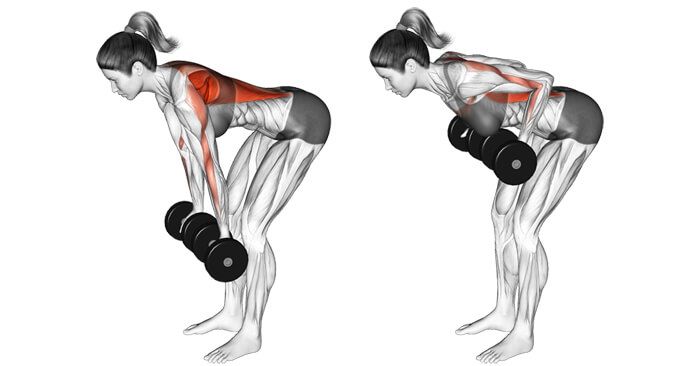The rear delts? They’re stubborn. They hide in the back, get overshadowed by bigger muscle groups, and honestly, most folks just aren’t hitting them effectively. That feeling of putting on a shirt and wanting that “pop” in the back? That desire for shoulders that look powerful from every angle? That’s why we’re talking about the Rear Delt Row today. Let’s dive in.
1. Muscles Worked of Rear Delt Row
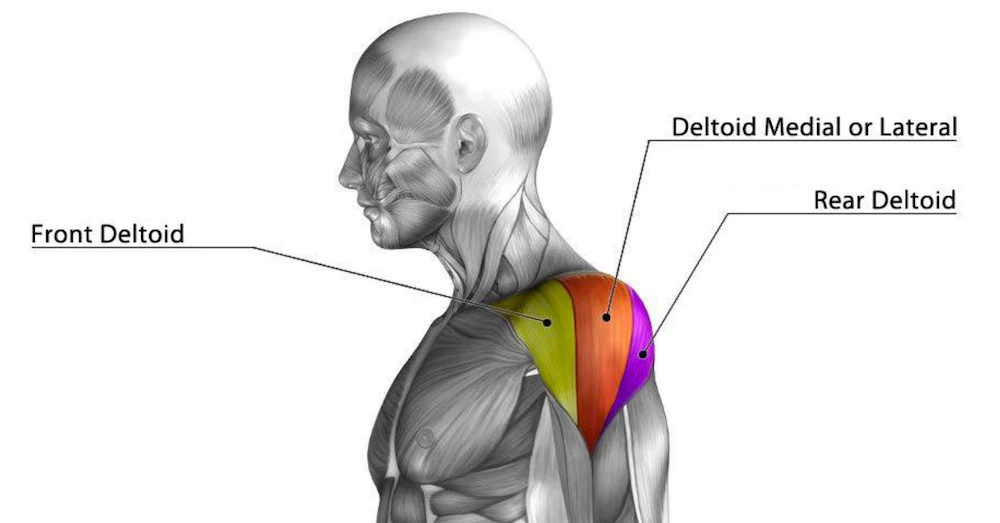
- Rear Deltoids: These are the muscles wrapping around the back of your shoulder joint, giving you that coveted 3D look. This exercise directly challenges them through horizontal abduction (pulling your elbows back).
- Trapezius (Middle & Lower): Essential for scapular retraction (pulling your shoulder blades together and down). They provide the stable platform your rear delts need to work effectively.
- Rhomboids: Sitting underneath your traps, these muscles are crucial for pulling your shoulder blades together. Strong rhomboids mean better posture and a stronger foundation for rear delt development.
- Infraspinatus & Teres Minor: These are key rotator cuff muscles located on the back of your shoulder blade. They assist in the external rotation component vital for shoulder health and stability during the pull.
- Teres Major: It assists in shoulder extension and adduction, contributing to the overall pulling motion.
1.1 Rear Delt Row for Big Rear Delts?
The question isn’t if it builds big rear delts, but how effectively. The magic lies in targeting the rear delts specifically.
- Science Says: Research consistently shows movements involving horizontal abduction with external rotation (exactly what a proper rear delt row is) elicit high levels of activation in the posterior deltoid. One study published in the Journal of Strength and Conditioning Research found EMG activation in the rear delts during bent-over exercises focusing on elbow flare rivaled or exceeded popular rear-delt isolation moves like face pulls when the emphasis was correct.
In my 10+ years coaching, I’ve seen it countless times. Clients stuck with underdeveloped rear delts switch from heavy, lat-dominant rows to strict, controlled rear delt rows with moderate weight and focused elbow flare. The difference in development within 8-12 weeks is often dramatic. It forces the rear delts to take the lead role they often shy away from.
2. How to Do the Rear Delt Row
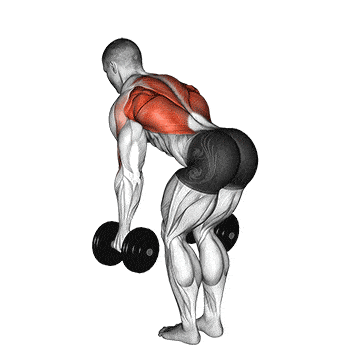
- The Setup: Grab two dumbbells (start light to master the form!). Stand with feet shoulder-width apart, knees slightly bent. Hinge powerfully at your hips, pushing your glutes back while keeping your back naturally arched (flat, not rounded!). Your torso should be nearly parallel to the floor (around 45-60 degrees is common, but the key is a strong, stable hinge). Let the dumbbells hang straight down, palms facing each other (neutral grip). Engage your core hard – imagine bracing for a punch.
- The Pull (The Critical Part): Initiate the movement by driving your elbows high and out to the sides. Your focus is solely on moving the elbows. Keep your wrists straight, dumbbells angled slightly downwards (like pouring water out of the front). Crucially: Your elbows should flare out wide, aiming to reach the same height as your shoulders or slightly higher at the top. Squeeze your shoulder blades together as you pull.
- The Squeeze: At the top of the movement, when your upper arms are roughly parallel to the floor or slightly above, pause for a full 1-2 seconds. This is non-negotiable. Focus intensely on squeezing your rear delts and mid-back muscles. Imagine holding a pencil between your shoulder blades. This is where the growth stimulus happens.
- The Controlled Lowering: Slowly, with complete control (take 3-4 seconds!), lower the dumbbells back to the starting position. Resist gravity. Feel the stretch across your rear delts and upper back as you go down. Maintain the hinge and core tension throughout.
- Repeat: Aim for 3-4 sets of 10-15 high-quality repetitions. The weight should allow you to maintain perfect form and feel that intense squeeze and burn in the rear delts on every single rep.
3. Benefits of Rear Delt Row
- Improved Shoulder Health & Posture: Strong rear delts, rhomboids, and lower traps directly counteract the hunched-forward posture caused by desk jobs and excessive chest training. They stabilize the shoulder joint, reducing injury risk. I constantly remind clients: “Strong backs make healthy shoulders.”
- Balanced Shoulder Development: Fixing “front-heavy” shoulders creates a more aesthetically pleasing and powerful physique. It literally changes your silhouette.
- Enhanced Upper Back Strength & Stability: This strength translates to better performance on major lifts like bench presses, overhead presses, and deadlifts. A stable shoulder girdle is foundational.
- Targeted Hypertrophy: When performed correctly, it delivers an unmatched burn and growth stimulus directly to the often-neglected rear delts. It’s incredibly efficient.
- Functional Strength: The movement pattern (pulling back against resistance) translates to real-world activities and sports.
4. The Best Rear Delt Row Alternatives
While the dumbbell version is king for me, sometimes you need variety or equipment is limited:
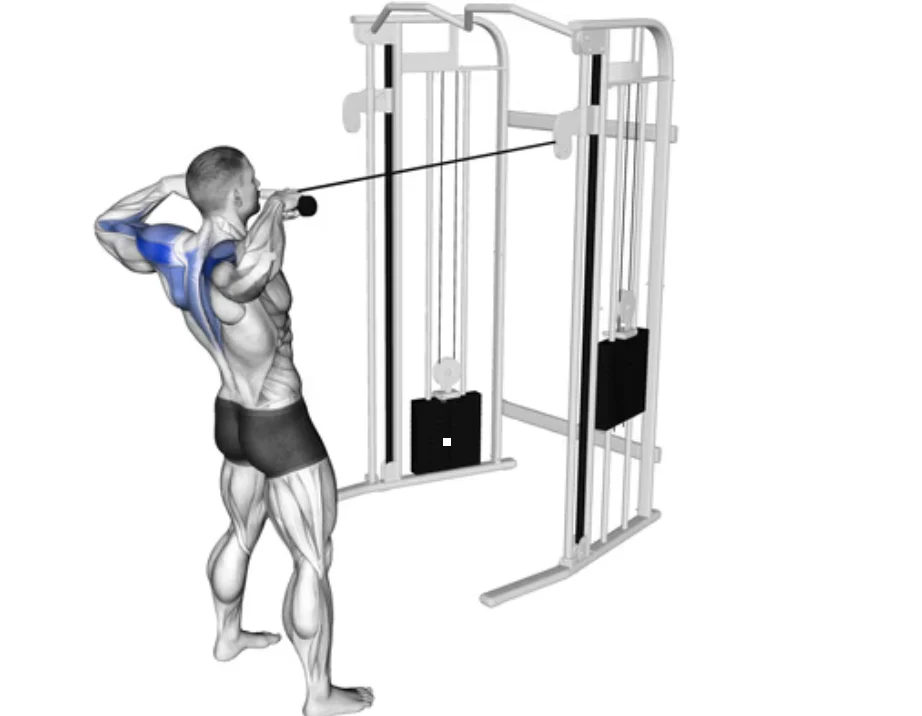
- Face Pulls (Using Rope/Cable): Fantastic for emphasizing rear delts and external rotation. Great finisher or warm-up.
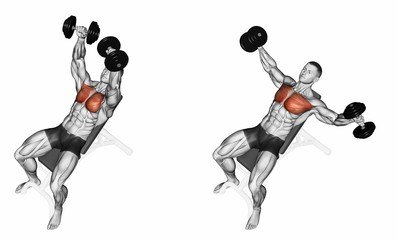
- Bent-Over Dumbbell Reverse Flyes: Pure isolation for the rear delts. Requires strict form and lighter weight.
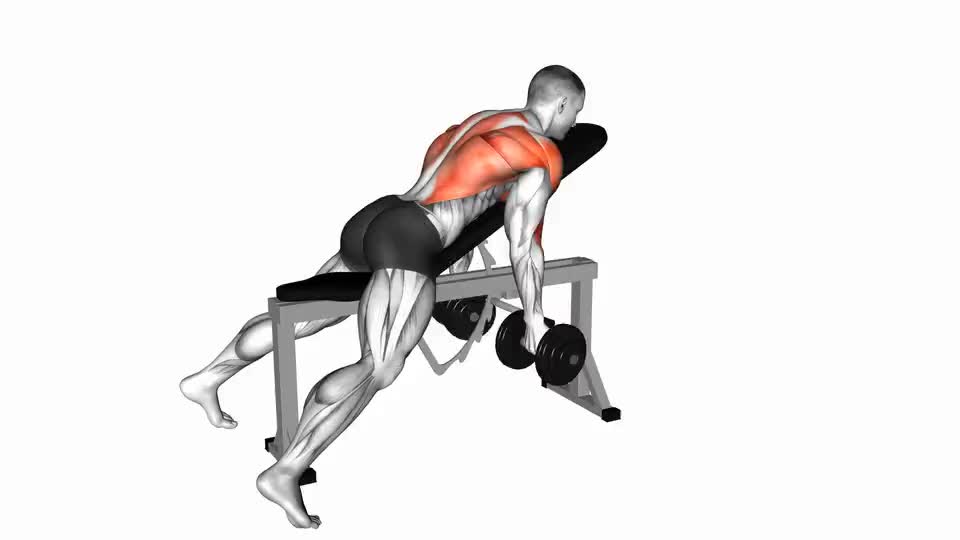
- Incline Bench Dumbbell Rear Delt Rows: Lying face-down on an incline bench (around 30-45 degrees) removes lower back strain and isolates the rear delts effectively.
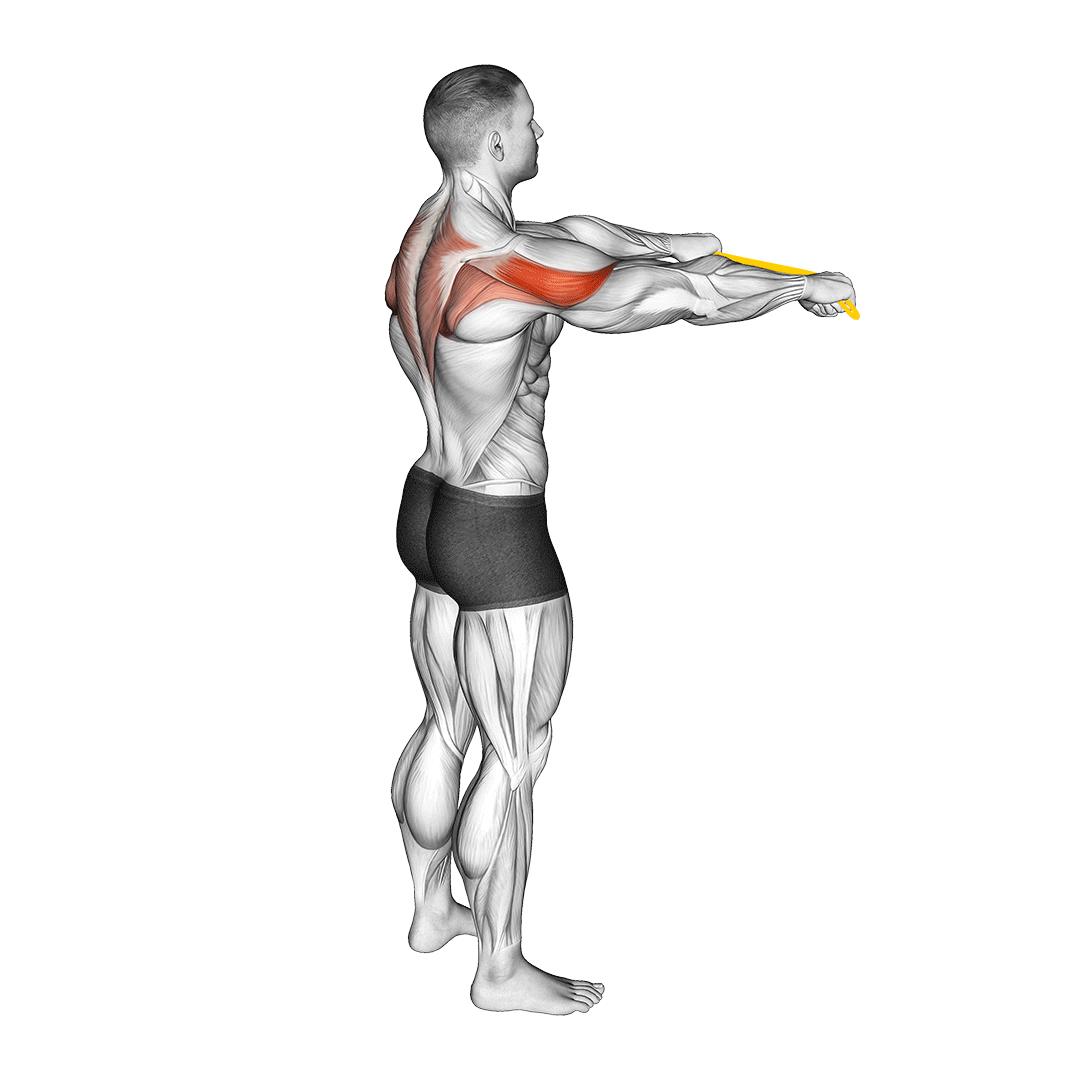
- Band Pull-Aparts: Excellent for high reps, warming up, or adding volume anywhere.
Be patient, be consistent, and those big, defined rear delts will come. Now get to work! Let me know how your next rear delt session feels in the comments below. Train smart!
Welcome! I’m Jordan Mitchell, the dedicated editor at Leadman Fitness, where we specialize in manufacturing high-quality bumper plates, barbells, weight machines, kettlebells, and dumbbells. With a passion for fitness and a keen eye for detail, I ensure that our product information is clear, accurate, and engaging for our customers. My role involves collaborating closely with our design and production teams to highlight the innovative features and superior craftsmanship that set Leadman Fitness apart in the industry. Whether you’re a professional athlete or a fitness enthusiast, I’m here to provide you with the information you need to achieve your training goals with our top-of-the-line equipment.
